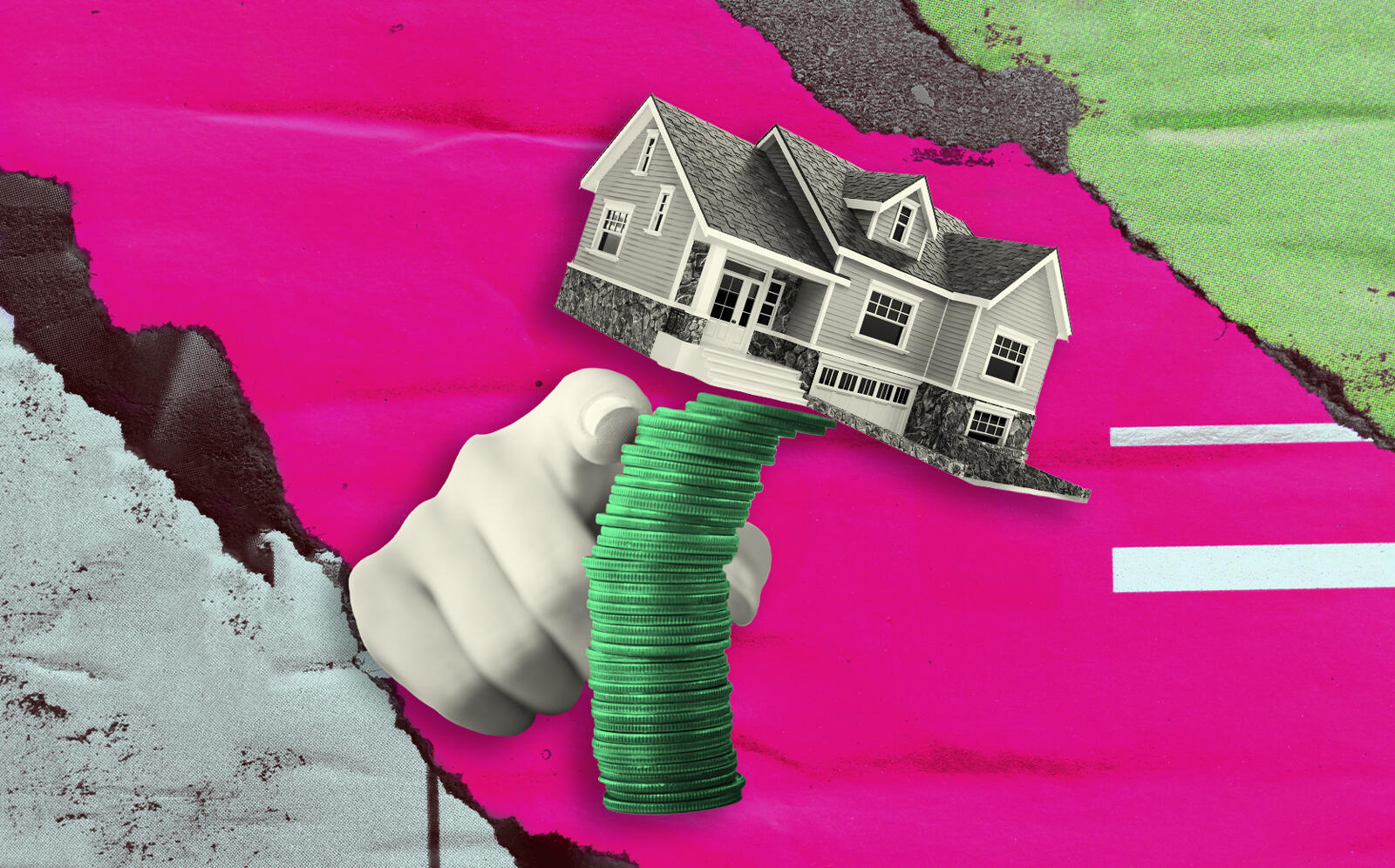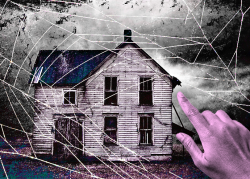 Drop in home refinancing crimps mortgage firms’ profits
Drop in home refinancing crimps mortgage firms’ profits
Trending
Refinancing has saved homeowners billions, but window is closing
Most refis are now cash-outs, extending payback timelines for mortgage holders

UPDATED Nov. 3, 2021, 3:49 p.m.: Low refinancing rates have helped homebuyers save loads of money throughout the pandemic, but signs from the Federal Reserve suggest the window is starting to close.
Indications that the Fed will taper its bond buying have pushed up interest rates in recent weeks, Black Knight noted in its latest mortgage report.
The average 30-year rate on conforming loans is up about 20 basis points since late September. Ten-year Treasury yields are up 33 basis points over the same period.
The increases have winnowed the number of refinancing candidates by 3.4 million, according to the report. That still leaves the number of high-quality candidates at 11.5 million, larger than any time prior to 2020.
The number had never surpassed 10 million before.
Read more
 Drop in home refinancing crimps mortgage firms’ profits
Drop in home refinancing crimps mortgage firms’ profits
 RIP: Zombie homes on the decline
RIP: Zombie homes on the decline
The historic refinance boom stimulated by the Federal Reserve has helped homeowners save more than $1.3 billion per month during the pandemic, or $14 billion over the past 18 months.
By the end of next year, those borrowers will have realized nearly $35 billion in aggregate savings, powering a projected $16 billion per year in economic stimulus.
“By nearly any measure, that is an extraordinary level of potential stimulus to the economy as a direct result of refinance lending,” said Ben Graboske, president of data and analytics at Black Knight.
Another 5.5 million homeowners took advantage of low rates and record home price growth to tap into the $322 billion in available equity. With rates rising, cash-outs now make up the majority of refinance activity.
But sucking out equity comes at a cost for homeowners because it adds years to the end date for their loans. The vast majority of recent refinancing have involved rate decreases, however. That’s a change from three years ago, when more than 70 percent of cash-out borrowers accepted rate increases. Refinancing also involves fees to close the loan.
Correction: An earlier version of this story misstated when most cash-out refinancings involved rate increases. It was late 2018.




